There is more to hackers than the criminal behavior you hear about on the news. In fact, ethical hackers protect our data every day. Hackers wear many hats, making them a colorful and often misunderstood group. Take a look at the different types of hackers.
White Hat Hackers
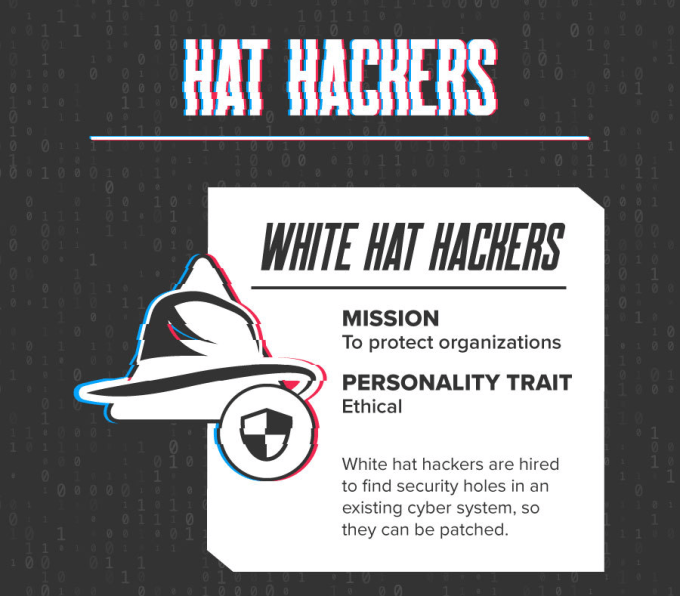
Mission: To protect organizations
Personality trait: Ethical
White hat hackers are hired to find security holes in an existing cyber system, so they can be patched.
Blue Hat Hackers
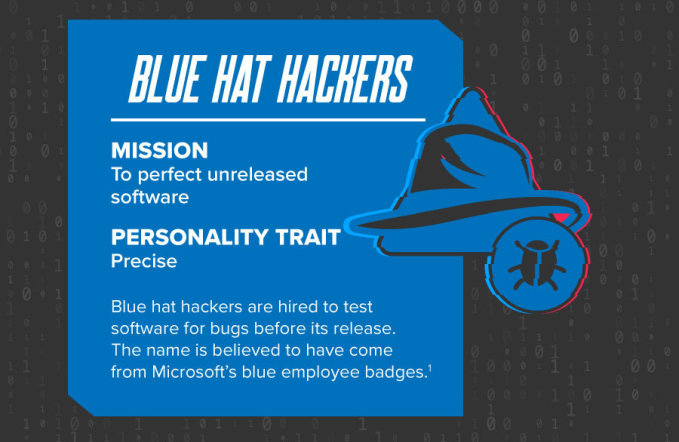
Mission: To perfect unreleased software
Personality trait: Precise
Blue hat hackers are hired to test software for bugs before its release. The name is believed to have come from Microsoft’s blue employee badges.
Gray Hat Hackers
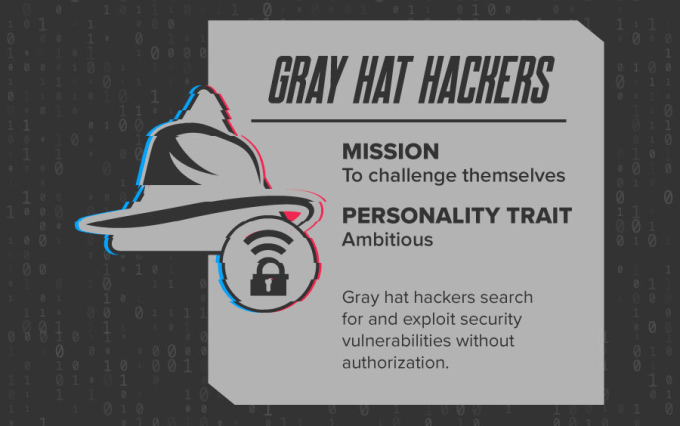
Mission: To challenge themselves
Personality trait: Ambitious
Gray hat hackers search for and exploit security vulnerabilities without authorization.
Black Hat Hackers
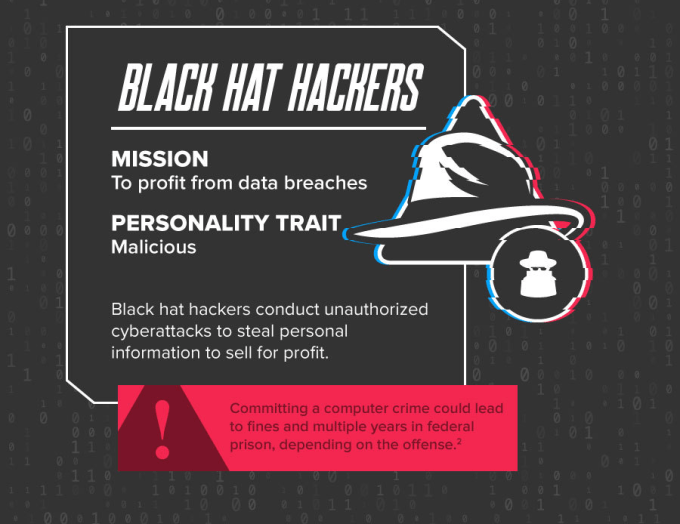
Mission: To profit from data breaches
Personality trait: Malicious
Black hat hackers conduct unauthorized cyberattacks to steal personal information to sell for profit.
Callout: Committing a computer crime could lead to fines and multiple years in federal prison, depending on the offense.
Other Hackers
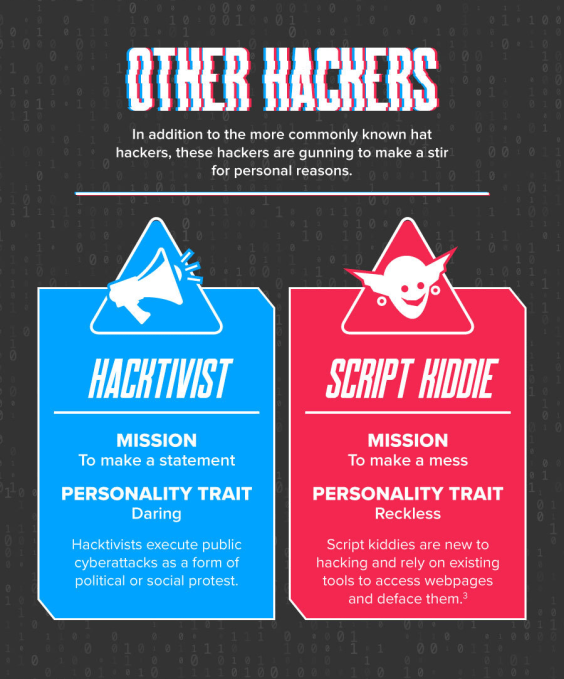
In addition to the more commonly known hat hackers, these hackers are gunning to make a stir for personal reasons.
Hacktivist
Mission: To make a statement
Personality trait: Daring
Hacktivists execute public cyberattacks as a form of political or social protest.
Script Kiddie
Mission: To make a mess
Personality trait: Reckless
Script kiddies are new to hacking and rely on existing tools to access webpages and deface them.
What Hackers Do
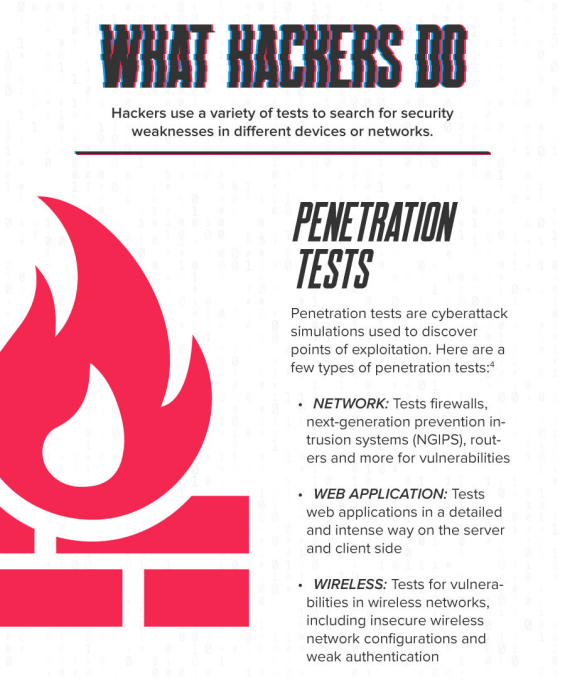
Hackers use a variety of tests to search for security weaknesses in different devices or networks.
Penetration Tests
Penetration tests are cyberattack simulations used to discover points of exploitation. Here are a few types of penetration tests:
- Network: Tests firewalls, next-generation prevention intrusion systems (NGIPS), routers and more for vulnerabilities
- Web Application: Tests web applications in a detailed and intense way on the server and client side
- Wireless: Tests for vulnerabilities in wireless networks, including insecure wireless network configurations and weak authentication
Types of Software Tests
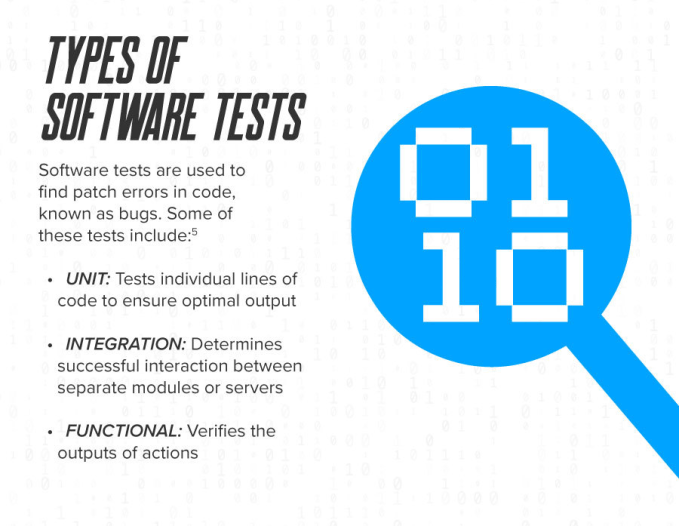
Software tests are used to find patch errors in code, known as bugs. Some of these tests include:
- Unit: Tests individual lines of code to ensure optimal output
- Integration: Determines successful interaction between separate modules or servers
- Functional: Verifies the outputs of actions
Protect Technology and Data

Understanding each type of hacker means you know who can help and when to be on the lookout. With so many grifters in the world, organizations across the globe need cybersecurity professionals who know how to successfully find vulnerabilities. The field is rapidly growing as businesses become increasingly dependent on technology to operate effectively and efficiently. To start your career in cybersecurity, consider an online IT degree from King University with a cybersecurity track.